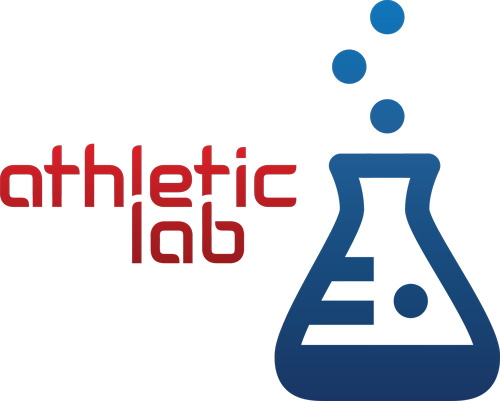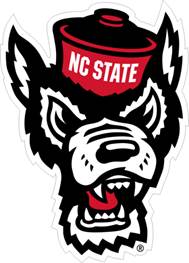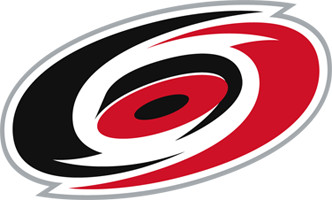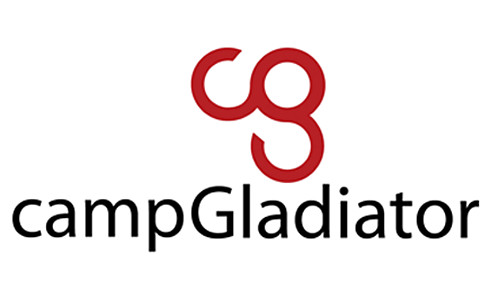Identifying and Treating Concussio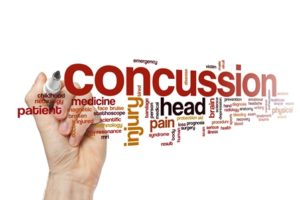 ns
ns
Written by: Suzanne Blakeney, PT, DPT
With summer in full swing and fall sports around the corner, one topic that has been gaining traction in the medical community and average population is concussion identification and treatment. About 25% of Americans report having suffered a concussion, with 79% of those having to seek medical treatment after. 49% of the people who have had a concussion say they have had only one, while 35% have reported two or three, and 16% report 4 or more. Further, the CDC has concluded that in the last 10 years the concussion rate for children ages 8-13 has doubled, while for teens from 14-19 the rate has gone up by as much as 200%. This number is likely to continue to grow so it’s important to know how to identify concussions and how best to treat them. Concussions can be a scary topic and there is a lot of misinformation and questions about what can be done if you do happen to suffer a concussion.
An important step is identifying that a concussion has occurred. Contrary to popular belief, you do not have to lose consciousness or become nauseated to have a concussion. The Center for Disease Control (CDC) defines a concussion as an injury that is caused by “a bump, blow, or jolt to the head. Or a by a hit to the body that causes the head and brain to move rapidly back and forth.” So a concussion doesn’t always have to result from a hard hit to the head. In fact, a concussion can occur with no blow to the head at all, so long as the head is thrown with enough force to move the brain. If you have such an instance you should watch for symptoms such as: headaches, nausea, vision problems, dizziness, off balance feeling, sensitivity to light or noise, confusion, or even memory and concentration problems. If you have any of these following an injury, is likely that you have sustained some form of concussion.
What should you do then? The very first step if you suspect a concussion you should remove yourself or your child from the exacerbating activity. It is a good idea to try to be seen by a doctor quickly so someone can guide your care. Initial treatment should include rest for both you body and brain, quiet environments with limited “screen time.” You doctor may recommend physical therapy or return to sport testing as well in more severe cases. Physical therapists can work with you to regain vision deficits, reduce headaches, restore balance and coordination, and reduce dizziness. And it is a good idea for more severe symptoms to be seen by a therapist to help guide you through a speedy recovery.
About Suzanne Blakeney PT, DPT:
Suzanne Blakeney is a Sports Physical Therapist at EXOS @ Raleigh Orthopaedic Clinic. She earned her doctorate in Physical Therapy in 2012, and has been with Raleigh Orthopaedic since 2013. Suzanne specializes in sports rehabilitation and training with a special interest in running, swimming, soccer, and hip injuries and has treated clientele for both chronic and acute injuries related to everyday life and sports.




